Understanding Oral Cancer and Its Importance
Oral cancer is a serious health condition that affects thousands of people in the United States every year. Early detection dramatically increases the chances of successful treatment, yet many people are unaware of how to check for oral cancer or recognize its symptoms. Oral cancer can develop anywhere in the mouth, including the lips, tongue, cheeks, gums, and throat. Being proactive about oral health and learning the key warning signs is critical.
Oral cancer often begins as a small, unnoticed sore or patch inside the mouth, which is why regular self-exams and professional screenings are vital. The disease may progress silently but can become life-threatening if left undiagnosed for too long.
1. Recognizing Early Symptoms of Oral Cancer
1.1 Persistent Sores or Ulcers
One of the earliest signs of oral cancer is a sore in the mouth that does not heal within two weeks. Unlike common mouth ulcers that typically improve quickly, cancerous sores may linger and sometimes bleed. Paying close attention to these wounds is the first step in identifying potential issues.
1.2 Unexplained Pain or Numbness
Persistent pain or numbness in any part of the mouth or tongue can signal something more serious. While dental problems often cause discomfort, unexplained and prolonged pain should prompt a visit to a healthcare professional.
1.3 White or Red Patches
Oral cancer can manifest as unusual white or red patches on the gums, tongue, or lining of the mouth. These areas might feel rough or thicker than the surrounding tissue. If you notice these changes, especially if they persist, it’s essential to get them examined promptly.
2. Step-by-Step Guide to Self-Examination for Oral Cancer
2.1 Prepare Your Tools and Environment
Performing a self-check in front of a well-lit mirror is ideal. Use a flashlight and a clean finger or cotton swab to inspect all areas inside your mouth carefully. Make sure your hands are clean to avoid infection.
2.2 Examine Your Lips and Mouth Exterior
Start by checking your lips for lumps, sores, or color changes. Gently feel around for any unusual bumps or hard areas.
2.3 Inspect the Inside of Your Mouth
Pull your cheeks outward to look at the inner lining, checking for white or red patches and sores. Don’t forget to inspect the roof of your mouth, gums, and the floor beneath your tongue.
2.4 Check Your Tongue Thoroughly
Stick out your tongue and examine the top surface for any discolorations or lesions. Also, lift your tongue to check the underside, feeling for lumps or unusual textures.
2.5 Look at the Throat and Neck
Using your finger, gently feel your neck and under your jawline for any swollen lymph nodes or lumps, which could indicate infection or cancer.
3. Professional Oral Cancer Screening Methods
3.1 Visual and Physical Examination
Dentists and oral health specialists conduct thorough visual and physical exams during routine checkups. They look for signs such as persistent sores, discolorations, and abnormal tissue growth.
3.2 Toluidine Blue Staining
This diagnostic test uses a special dye that stains abnormal cells, helping professionals identify suspicious areas requiring further biopsy or testing.
3.3 Brush Biopsy and Tissue Sampling
If abnormalities are detected, a brush biopsy can be performed. This is a minimally invasive method where cells are collected from the affected area for laboratory analysis.
3.4 Imaging Tests
In some cases, imaging techniques like MRI, CT scans, or PET scans are used to assess the spread of oral cancer and help with treatment planning.
4. Real-Life Story: How Early Detection Saved a Life
John, a 52-year-old teacher from Ohio, noticed a small white patch under his tongue that refused to heal over several weeks. Initially attributing it to irritation from a new toothbrush, he delayed seeking medical advice. After attending a dental checkup, his dentist performed a screening and recommended a biopsy. The results confirmed early-stage oral cancer. Thanks to timely diagnosis, John underwent successful treatment and is now cancer-free. His experience highlights the life-saving power of awareness and early detection.
5. Preventive Measures to Reduce Oral Cancer Risk
5.1 Avoid Tobacco and Limit Alcohol Consumption
Tobacco use in all forms is the leading risk factor for oral cancer. Alcohol, especially when combined with tobacco, significantly increases risk. Quitting smoking and moderating alcohol intake are essential preventive steps.
5.2 Maintain Good Oral Hygiene and Regular Dental Visits
Brushing, flossing, and regular dental checkups not only keep your teeth healthy but also allow early detection of suspicious lesions or symptoms.
5.3 Protect Your Lips from Sun Exposure
Use lip balms with SPF and avoid excessive sun exposure to reduce the risk of lip cancer, a common type of oral cancer.
5.4 Healthy Diet and Lifestyle
A balanced diet rich in fruits and vegetables supports immune health, potentially lowering cancer risk. Staying hydrated and exercising regularly also contribute to overall well-being.
6. When to See a Doctor Immediately
If you experience any of the following, seek medical attention promptly:
- Sores or ulcers in your mouth that don’t heal after two weeks
- Unexplained lumps or thickening in the cheek or neck
- Persistent pain or difficulty swallowing
- Unusual bleeding or numbness in the mouth or lips
- Changes in voice or persistent sore throat
Early consultation with a healthcare provider, especially a dentist or an oral specialist, can lead to timely diagnosis and better treatment outcomes.
7. How Dentistry Toothtruth Can Support Your Oral Health Journey
For residents across the United States seeking trusted oral cancer screening and dental care, Dentistry Toothtruth offers expert services tailored to your needs. Their team of skilled professionals provides thorough examinations, advanced diagnostic testing, and personalized care plans to ensure your oral health is protected.
Whether you want guidance on how to check for oral cancer yourself or need professional screening, Dentistry Toothtruth is a reliable resource for comprehensive oral health solutions.


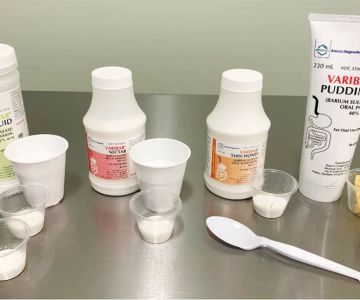
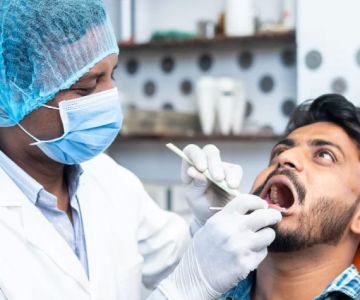
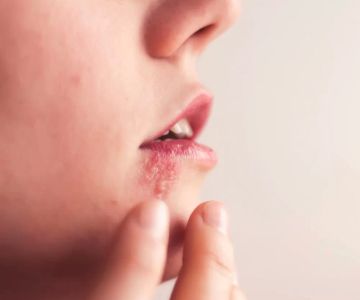


 Ridge Periodontics & Dental Implants3.0 (12 review)
Ridge Periodontics & Dental Implants3.0 (12 review) Andrew Hoffman, DMD5.0 (160 review)
Andrew Hoffman, DMD5.0 (160 review)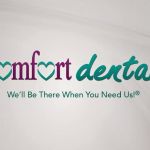 Comfort Dental North Powers4.0 (914 review)
Comfort Dental North Powers4.0 (914 review) Bill Johnson, Dmd4.0 (36 review)
Bill Johnson, Dmd4.0 (36 review) Koch Orthodontics - Loganville5.0 (863 review)
Koch Orthodontics - Loganville5.0 (863 review)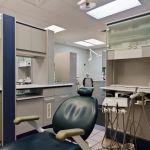 Dental Solutions Market Street4.0 (576 review)
Dental Solutions Market Street4.0 (576 review) The Importance of Oral Health Education During Pregnancy for a Healthy Pregnancy
The Importance of Oral Health Education During Pregnancy for a Healthy Pregnancy Best Tips for Brushing Your Teeth Properly for Healthy Gums: Essential Techniques for Oral Health
Best Tips for Brushing Your Teeth Properly for Healthy Gums: Essential Techniques for Oral Health Why Skipping Dental Checkups Can Lead to Bigger Oral Health Problems
Why Skipping Dental Checkups Can Lead to Bigger Oral Health Problems Advantages of Porcelain Dental Restorations
Advantages of Porcelain Dental Restorations How Can Diabetes Cause Tooth and Gum Problems? Preventing and Managing Oral Health Issues
How Can Diabetes Cause Tooth and Gum Problems? Preventing and Managing Oral Health Issues Healthy Habits for Promoting Good Oral Health and Hygiene: Tips for a Healthy Smile
Healthy Habits for Promoting Good Oral Health and Hygiene: Tips for a Healthy Smile